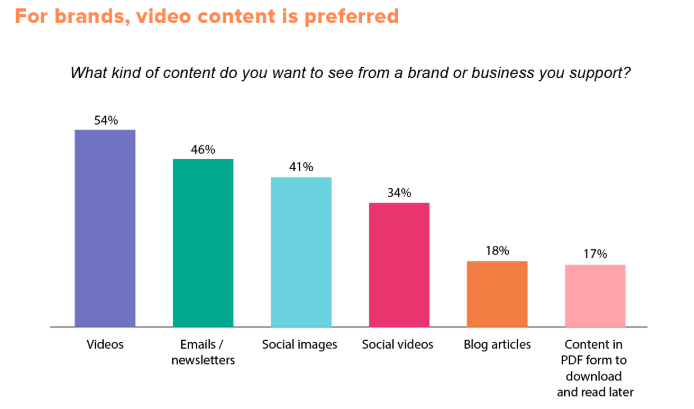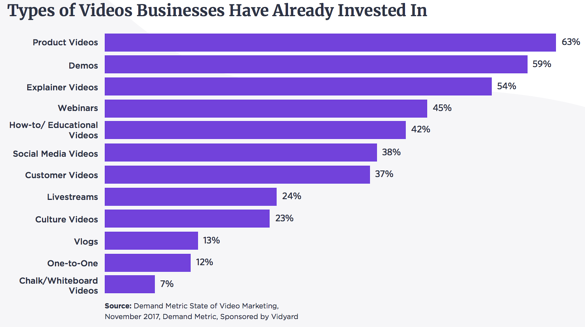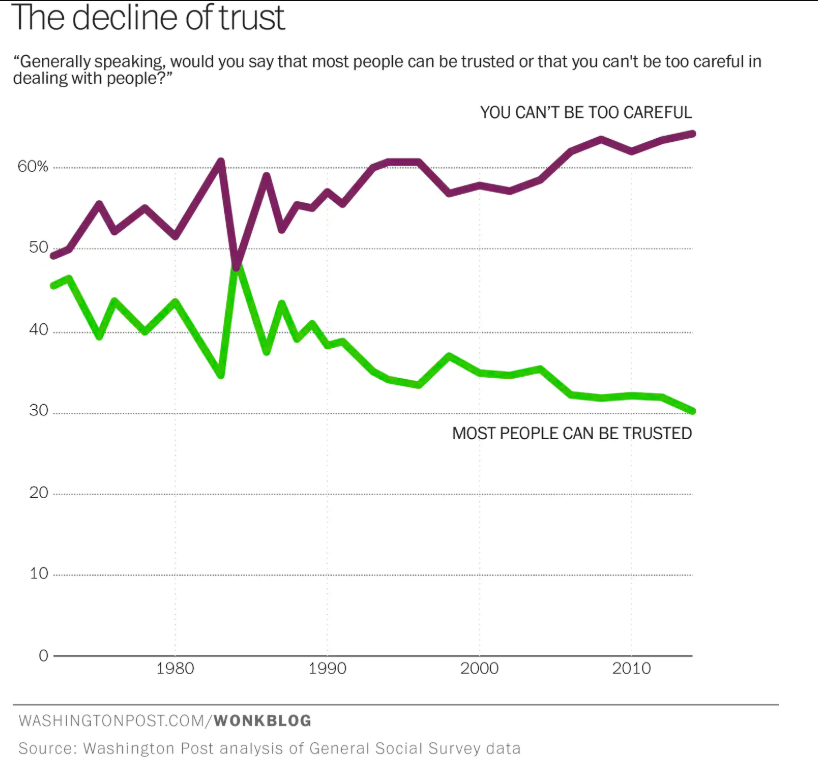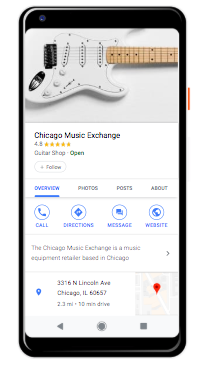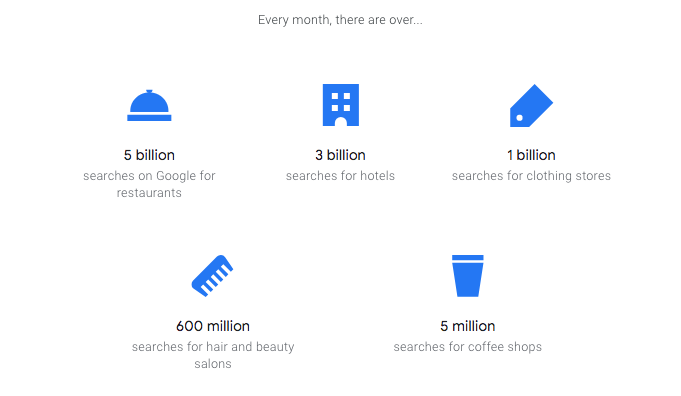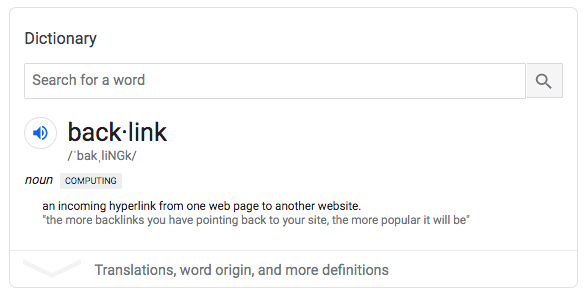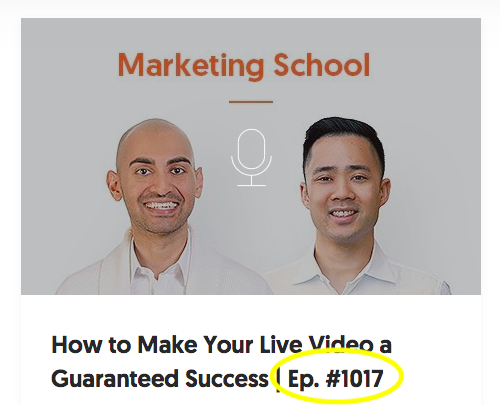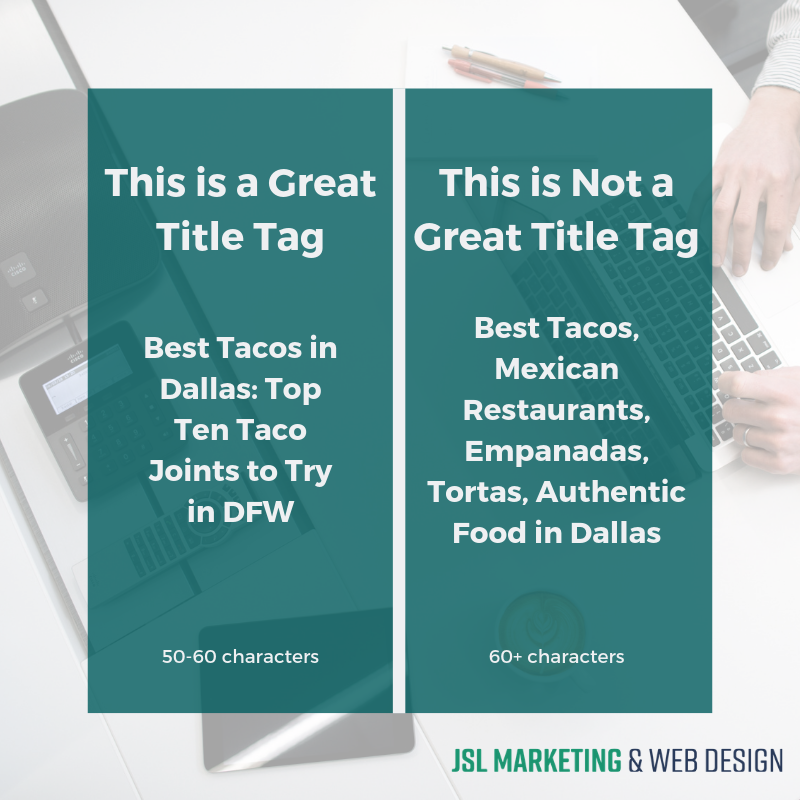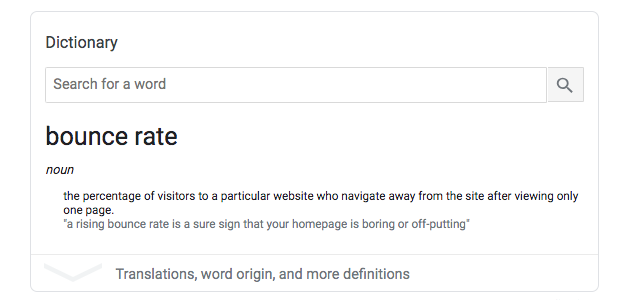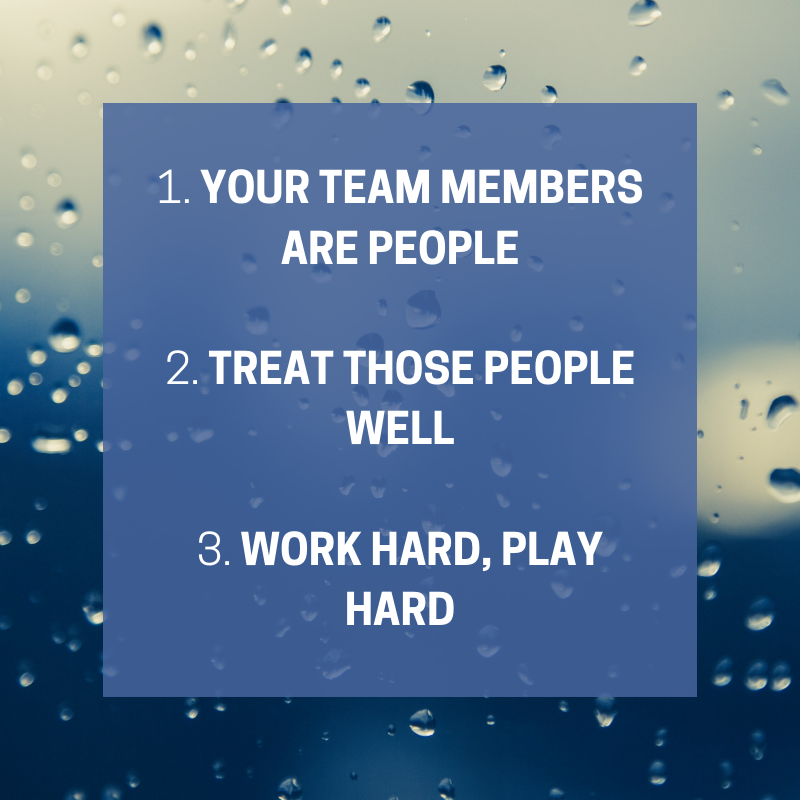Websites, web design, and coding are essentially all different languages, so it’s no surprise that custom websites can be quite a bit pricier than a template or ‘drag-&-drop’ site. But is it worth it? Is that beautiful, custom-designed website really worth the big bucks? Will it get your more traffic, more customers, and more sales? Or is it all just hype?
Let’s take a look at the data, the research, and the opinions of experts (yes, our expert design, marketing, and SEO teams included) to get to the bottom of the true value of a custom website, and the reasons you should have one (plus, the type of sites that might not actually need one).
Remember, Cheap is Expensive
Nope, you read that right.
Sometimes, choosing that $30 website template and making your own site will end up costing you in the long run. What do we mean?
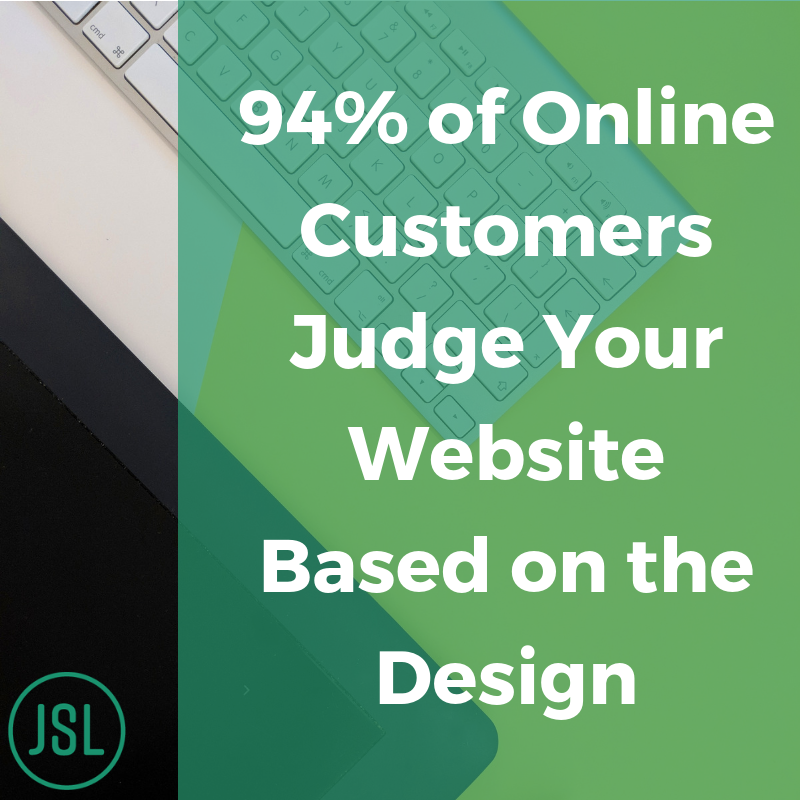
Ouch. If you’re losing out on 94% of your potential customers because your templated drag-&-drop site is a drag-&-don’t, then your bargain website template is actually costing you big-time.
Custom Websites Are More Credible
Having a custom-designed website is a clear indicator that you take your business and your brand seriously. After all, the business world knows that you need to spend money in order to make money, and your website is no different.
Investing time (and money) into your website, brand, business model, and services are what set you apart from all the others in your field. And when you consider that your website is your first impression to many of your potential customers, it makes sense to make sure it’s a great one.
If a website looks poorly made, performs slowly or not at all, or looks the exact same as 50 other sites your customer has already seen, they will question the validity, quality, and credibility of your company, product or service. And in a time where being a thought-leader and showing your expertise and trustworthiness is paramount – you truly cannot afford to lose your credibility and your customers’ trust as soon as they see your site.

Custom Websites Are Growth-Oriented
Custom websites can grow with you, which is (hopefully) one of the main goals for every business. This means you can add pages, sections, new features, forms, and more without any limitations or template fences holding you back.
Additionally, a custom website can change with your business – even if that change is in a new direction entirely. If you decide to pull away from certain services, and instead rebrand in a new area, you can do that with a simple redesign, or a few additions and cuts.
With a template, you are fixed within the outline that you bought. And that gives you very little wiggle room for the future.
Custom Websites Are SEO-Friendly
First, let us state that if you choose to go the custom website route then you have to make sure it is being optimized and that the designer knows what they are doing. A custom website without SEO is like a beautiful sports car with no gas tank – no one’s ever going to see it.
Custom sites should always be specially designed (optimized) to do better in search engine rankings, which is just another edge you will have over your competition with their cookie-cutter sites and poor optimization. But a custom website doesn’t just mean the user experience (ease of use) or user interface (appearance) is optimized – it also means the speed is, along with a whole slew of other SEO factors.

By using a professional web design company like JSL Marketing & Web Design, you can get a fully optimized site that will engage and pull in your ideal customer – and keep them on the site.
Yes, even how long your website visitors stay on your site affects your SEO, by way of CTR or ‘click-through rate’. And do you know what affects your click-through rate? Your design, the ease of the user experience, your site speed, and your content – all of which can be delivered by a full-service SEO and web design agency.

Custom Websites Are Personalized
Just like it sounds, a custom design allows you to customize everything on your site to exactly how you want it, as well as more accurately target the audience and demographic you are marketing to. The control that a custom website gives in functionality, targeting, and branding, as well as user experience and user interface can make all the difference to your company.
Just look at what a simple Google Search pulls up in images when you search ‘custom website vs template’.
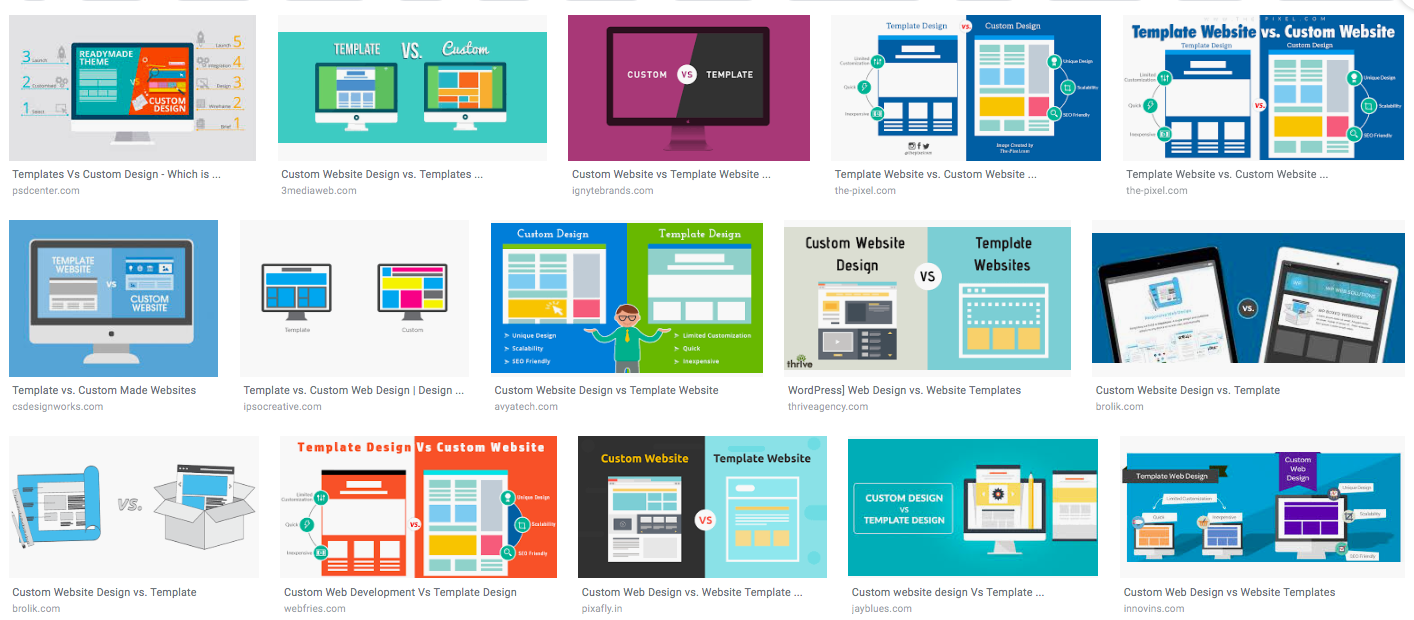
Do you see how so many ‘template’ sites are shown with the header, larger text/photo section, and then the tri-section beneath? That’s a 1-1-3 and it looks pretty boring, doesn’t it?
Let’s take a closer look at the picture from Webfries:
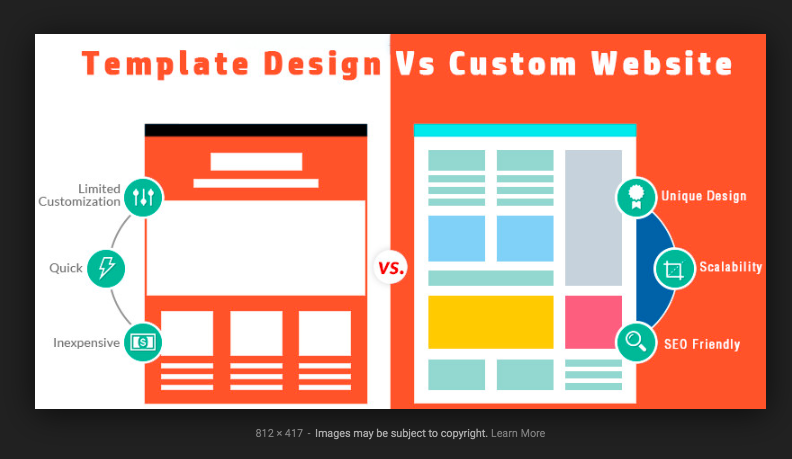
Which website would you rather go to? Another 1-1-3 site, or something with a clearly unique design that draws your eye, keeps you interested, and is SEO-friendly too?
We would hope that the choice is clear.
So, Who Doesn’t Need a Custom Website?
Here are a few times where a custom website isn’t necessary:
- You are just starting out and do not have the money for a custom website
- You are in an industry with little competition
- You need your website to be up and ready in a matter of days
- You want a simple site without design aspects, lead captures, forms, etc.
- You really like the 1-1-3 style
What About Your Business? Are You One-of-a-Kind or Cookie-Cutter?
If you are interested or even just merely curious about the benefits of a custom-designed website, then get in contact with JSL Marketing & Web Design and see what our brilliant team of designers can come up with to improve or optimize your next website.



